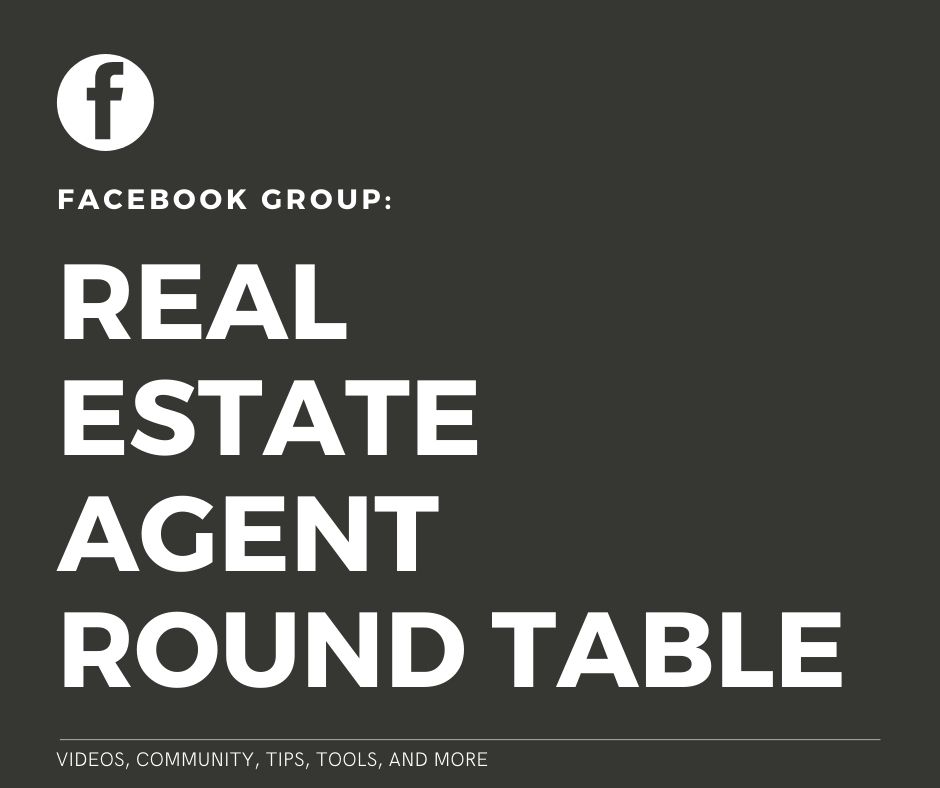Real estate agents can use this general listing consultation script to convert more listing appointments into signed listing agreements.
Having a solid process and listing consultation script will dramatically increase your chances of winning the listing. It’s important to walk into a listing consultation prepared. You must be thorough, confident, and have answers to the many questions your potential listing client may have.
In this video, I walk through a sample listing consultation and provide you with examples of a good listing consultation script. You will observe the process of the listing consultation, and below, I will outline a summary that you can follow when conducting your own listing consultation appointments.
Important to note: COVID-19 has changed a lot about how we can do business these days. Listing consultations can easily be performed virtually, and the process below can be easily modified to accommodate!
VIDEO: The Listing Consultation: General Process and Script for Real Estate Agents
Pre-listing packet
Pre-listing packets take little time to prepare since the majority of the packet is pre-produced and standardized as your normal listing consultation anyway. Using a pre-listing packet sets, right up front, a professional tone and provides expectations about how you work and how the relationship will be conducted going forward.
Arrive and set the tone
Once you enter the home, it’s important to set the tone. Choose where you want to conduct your actual listing consultation before you tour the home. I recommend the kitchen or dining room table. You want to be seated relatively close together so that everyone will be engaged in the discussion.
Sitting at a table creates a more formalized environment where decisions will be made and business will be conducted. Don’t conduct consultations on couches or chairs in a living room. This is far too relaxed for making meaningful decisions and commitments.
SCRIPT: “Is it OK if I put my things in the kitchen?” Then simply place your belongings on the table and start touring the house. Once you are done viewing the house, simply return to the table and ask them to sit down with you.

Tour the home and ascertain their DISC behavioral profile
Take note of the unique features this home has. Try to find things about this home that you can relate to or talk about during your presentation. Look at photos on the wall to see if you might have any friends in common. Observe any hobbies or activities that they take part in. What interests do they have? Build rapport.
As you walk around their home, pay attention and analyze their DISC behavior profile. This will help you during your listing consultation and it will affect your script. You will want to mirror and match.
You can use the listing consultation script below to get a good feel for how the seller is feeling about feedback on their home. Of course, you don’t want to offend the seller, but you also want to foster a relationship where you both feel like you can communicate openly and honestly.
SCRIPT: “I’m going to walk through the home with you and look at it through the eyes of a buyer. I’ll be speaking aloud and candidly about what I see as a buyer would. Is that alright with you?” (“Yes”) “What I’m hearing from you is that you want me to be honest with you, correct?” (“Yes”) “So if I think there is something in your home that will hurt you financially, like something that needs to be updated, improved or fixed, you will want me to tell you?” (“Yes”) “Great! Then let’s get started.”
Sitting down at the table
After you have viewed the interior and exterior of the property and sat down at a table, you sit together. It’s crucial to avoid a long, drawn out tell-and-sell type of presentation where you endlessly list all of your attributes and marketing efforts. You must keep them engaged! Involve them by coming from curiosity and asking questions. This is an important part of your listing consultation script.

Listing consultation script: questions to start off with
Try starting out the conversation with one of the following questions.
SCRIPT: “Besides price, is there anything else you would like to know?” “Now I’ve got a lot that I can show you today, but before we get started, tell me what questions you have for me?” “First tell me, what concerns you most about selling your home?”
Uncovering objections while going through your listing consultation script
Ask questions about their concerns and needs regarding the sale of their home. Get them focused by getting these concerns out of the way first. This will start to uncover all of their objections to selling. Typically, these objections will be about one of the following:
- Price
- Timing
- Condition
- Commission
- Motivation/Urgency to sell
Conduct a needs analysis in your listing consultation script
This process is similar to how a doctor diagnoses a patient. Ask a series of questions to learn about the “patient’s” symptoms. Real estate agents should take the time to learn about the needs and concerns of their clients throughout a listing consultation.
In a needs analysis, you guide your seller through a series of questions. This demonstrates a higher level of customer service. You are uncovering the needs of your client while also tapping into the motivators that get them into immediate action.

Needs Analysis Step 1: PLEASURE
Whether your client is moving for more living space, to be closer to family, or to get into a better school district, figure it out. Agents must come from curiosity by asking a series of questions to completely unlock the “why” behind the move.
To further unlock your client’s motivation, tap into the emotions they will experience after they have moved. How will being closer to their family make them feel? How will that change their quality of life? Ask the extra questions to bring out the emotion behind their goals.
Needs Analysis Step 2: PAIN
What happens if your clients are unable to move? Many agents will learn why a client wants to move, but few will walk clients down the path of self-discovery necessary to determine the pain that will result from a failure to take specific actions. Understand that people move away from pain much more quickly than they move towards pleasure, so pain is often what gets them into movement.
Needs Analysis Step 3: WEIGH ACTION vs INACTION
Ask them to make the decision here. What is more important to them, the pleasure they will receive from moving or the pain that will result from inaction? Remember, if they author it they will own it, so it is imperative that they self-discover their decision through questions.
SCRIPT: “Remember that I work for you, so all I can do is provide you with information and let you make the important decisions. So what is more important to you, saving the $10,000 price reduction to get the home sold or being able to move closer to your family?”
Needs Analysis Step 4: HANDLE OBJECTIONS
Experienced real estate agents know that objections are typically just excuses for clients to avoid the uncomfortable actions that stand in the way of reaching their goals. So the key is to isolate the objections and weigh them one-by-one against the pleasure they will receive from moving. We will be talking more about objection handling in upcoming blogs.

More to read on similar topics:
- How Real Estate Brokers Use Technology to Recruit Agents in 2025
- How Real Estate Brokers Start Their Own Licensing School
- Best Times to Post on Social Media in 2025: What the Data Says
- Meet AMP – The Best System for Real Estate Agent Accountability
- How to Start a Real Estate Brokerage with Dan Duffy, CEO of United Realty Group




















